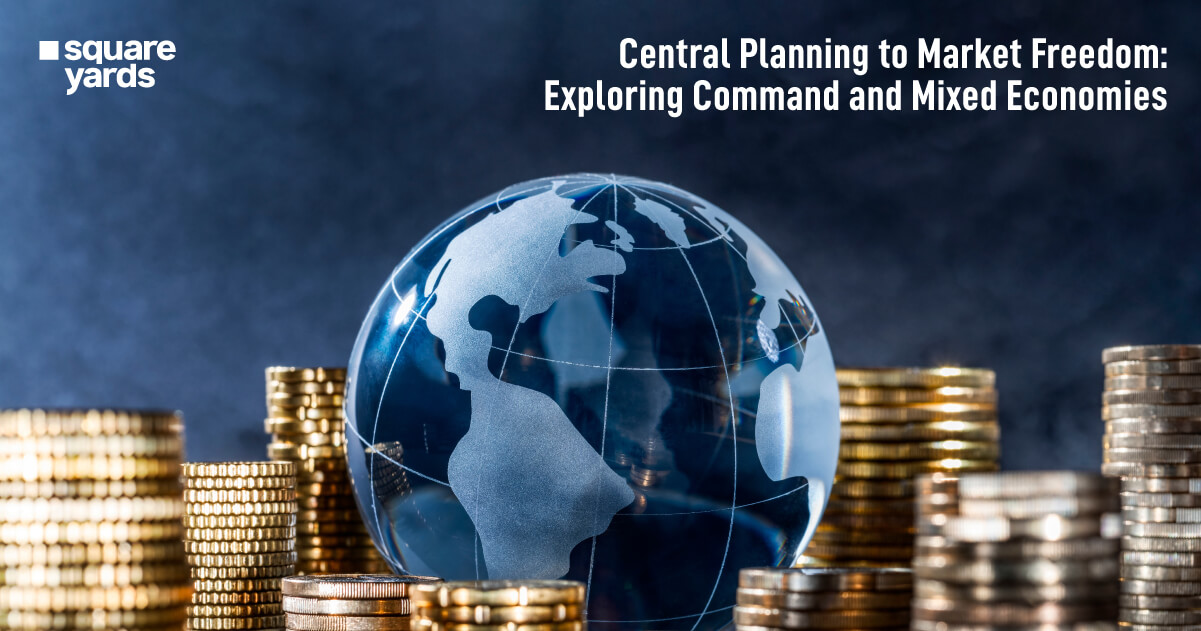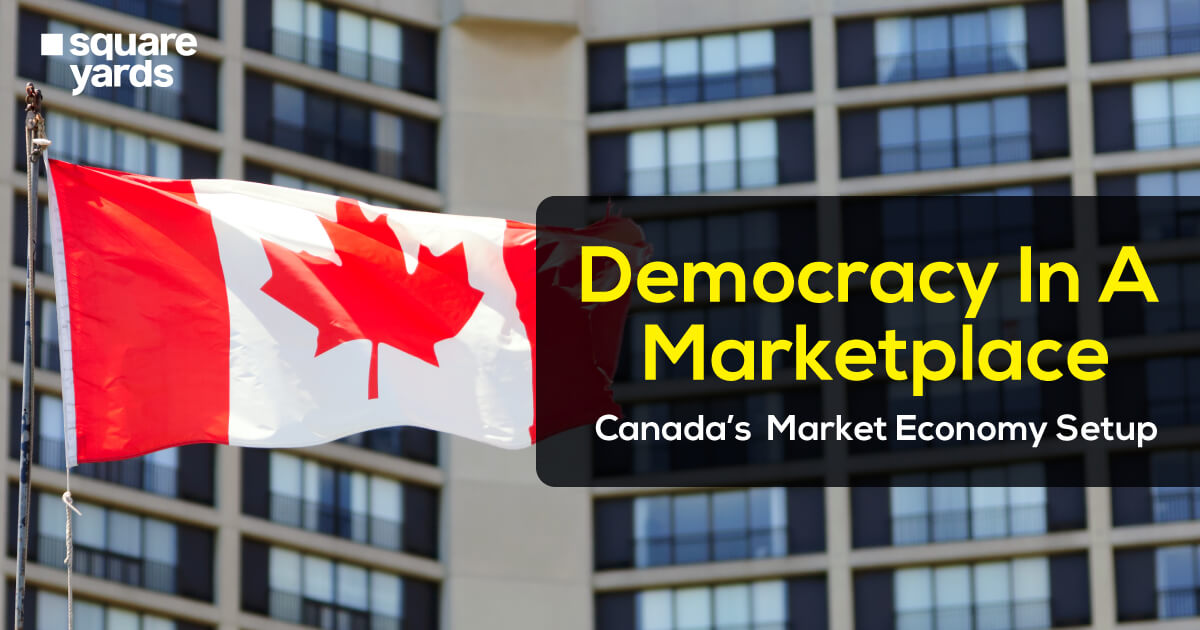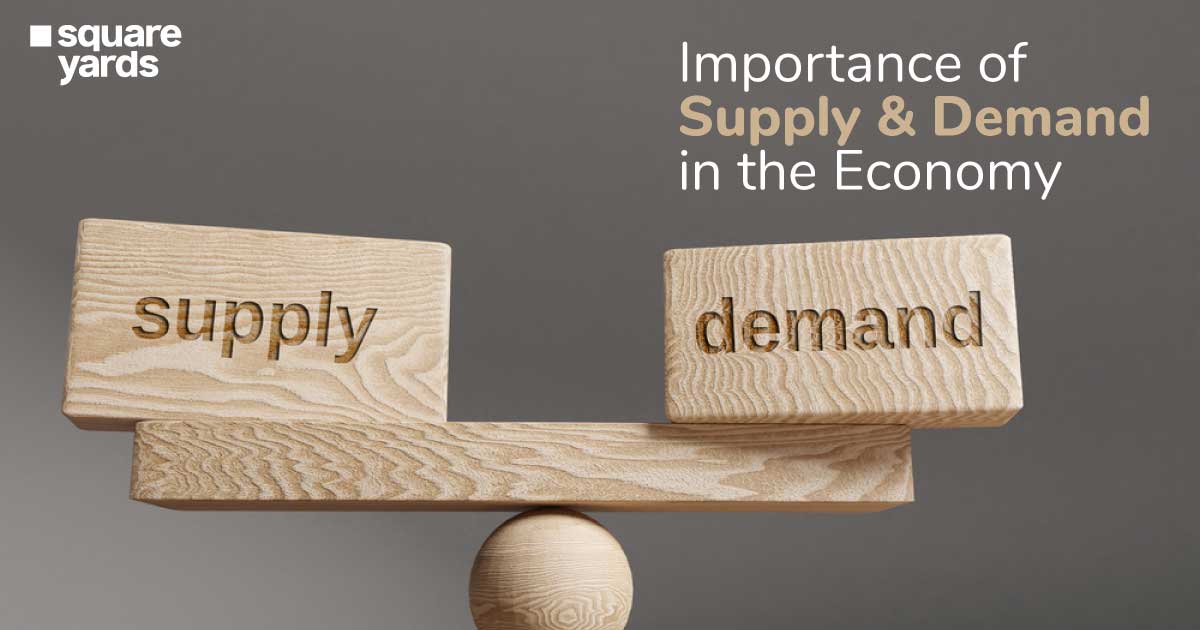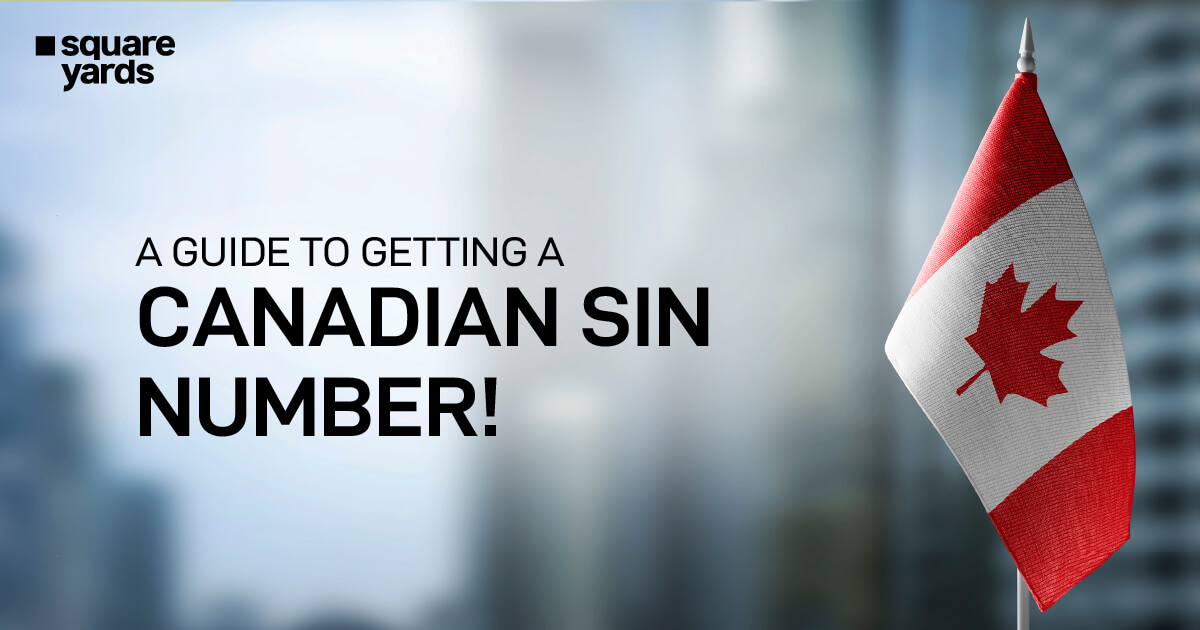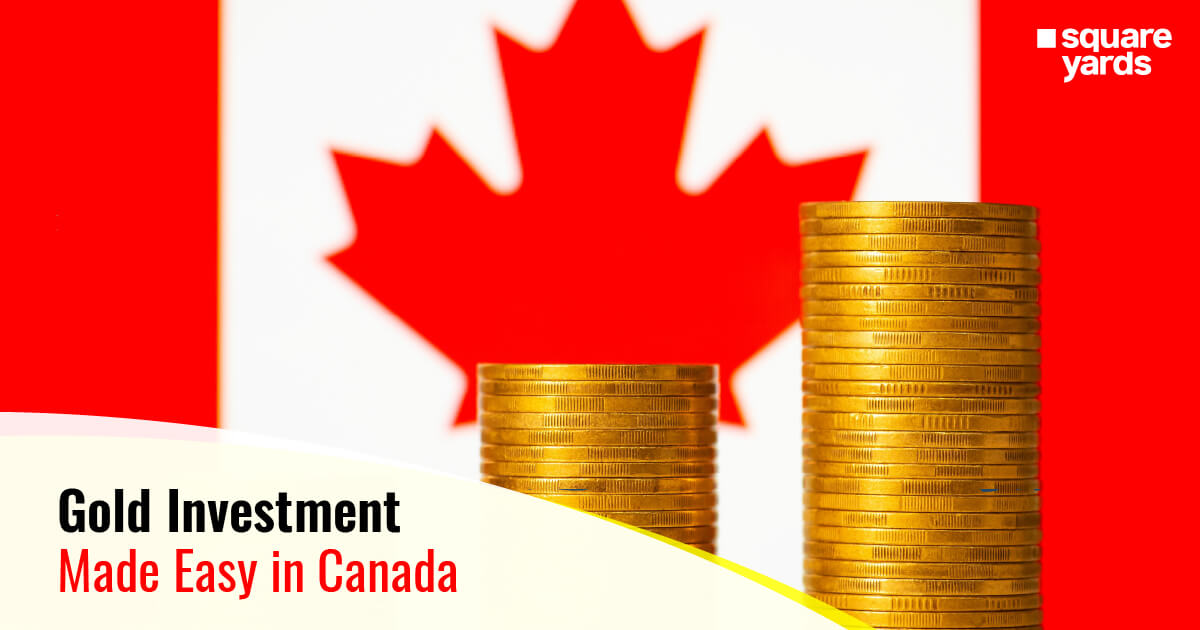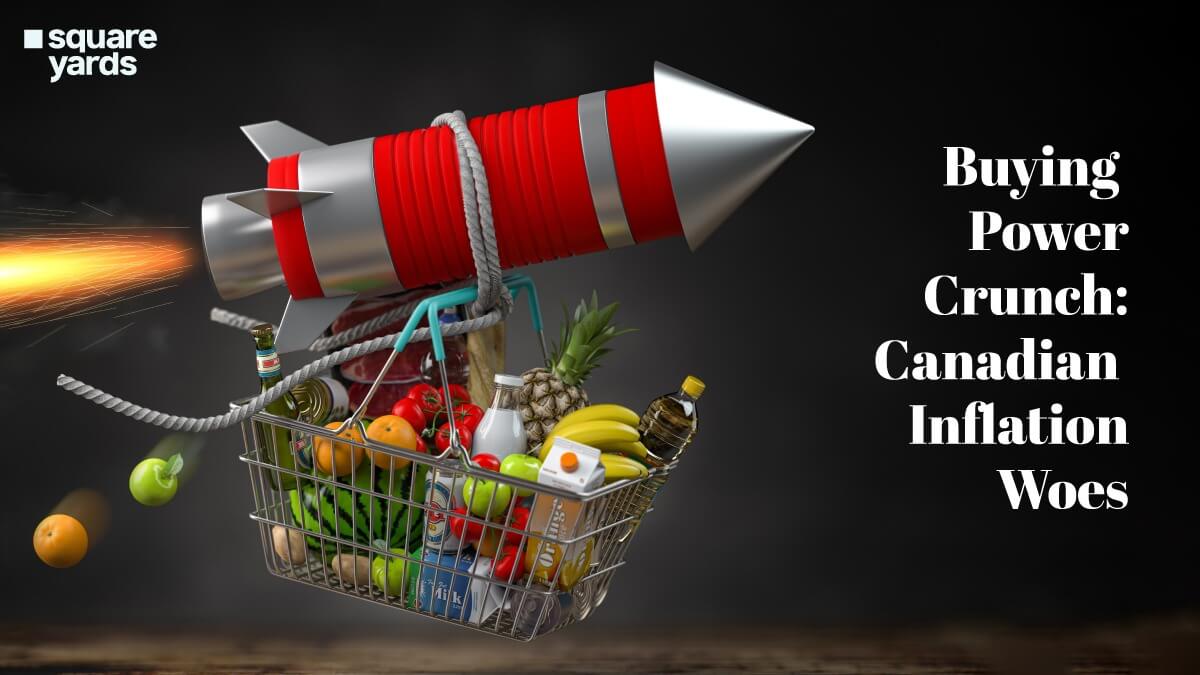In the world of economic theories, we have two main players: the Command and mixed economies, in command economies where decisions are made from the top, and everyone follows, kind of like a strict teacher setting the rules, and the Mixed Economy, which is a bit more flexible, stepping in with rules when needed but also giving freedom to make your own choices. These concepts are more than theories discussed in classrooms or debated by scholars. They play a critical role in shaping our world. They’re the backbone of societies, helping to organise the complexity of everyday life and ensuring some order in the hustle and bustle.
In our varied and complicated world, with everyone having different needs and desires, it’s essential to have these economic structures. They offer guidance, structure, and a safety net for when things don’t go as planned. Without these systems, we’d be in a tough spot, trying to make it on our own in a challenging world. So, as we delve into the specifics of Command and Mixed Economies, remember that we’re not just talking about abstract theories. We’re examining the mechanisms that keep our societal machine running smoothly. And by the end of this, you might view these economic systems from a fresh perspective.
Understanding The Spectrum
Let us take a look at the way both economies work across the market:
What Is A Command Economy?
In Command Economies, the government is in full control, guiding every detail of the economy. This setup is known for its structured, top-down way of doing things. Here, the government isn’t just in charge of resources and industries; it also makes all the big decisions about what gets made, how it’s made, and who it’s made for. The idea is to meet certain goals that matter to society, like ensuring everyone has what they need, achieving economic fairness, or quickly building up the country’s industry. Think of the Command Economy as a carefully arranged concert where the government acts like the conductor, deciding exactly how each part should be played.
Challenges And Limitations Of Command Economy
At the core of a command economy, the government controls everything related to business, from production to distribution. While this might seem like a tidy and organised approach, it comes with its problems. First, let’s talk about competition, or rather, the lack of it. In a command economy, the government isn’t just overseeing things; it’s the only player in the field. This leads to monopolies in important areas like banking, utilities, and transport. And with no competition, there’s little reason to get better or develop new ideas. It’s like having only one restaurant in town—if there’s nowhere else to eat, why bother improving?
Then there’s the challenge of figuring out what everyone needs and wants, which is no small feat. Imagine the government trying to predict what millions of people need and want—it’s a monumental task. This often results in too many of certain items being made and insufficient of others. Imagine shopping and seeing endless rows of toothbrushes but not a single loaf of bread. This mismatch creates a situation where some products are just sitting in storage while others are nowhere to be found. It’s like planning a party without knowing who’s coming and how much food to prepare.
The Portending Risk Of Black Markets
The lack of competition can lead to unintended consequences, like the emergence of black markets. This situation arises when the government fails to provide enough of what people need or want, prompting them to trade these goods secretly. Black markets are considered illegal because they operate outside of government regulations, don’t contribute taxes, and can create a host of problems for both the economy and society. It’s similar to watering a garden unevenly; too much in one area and not enough in another can lead to imbalance.
This issue is common in command economies, as seen in countries like North Korea or Cuba. Even China, which once had a strict command economy, has shifted towards a mixed economy model to mitigate such problems. However, this isn’t merely a matter of economics; it’s also about whether the government is fulfilling the needs of its people. When things are too expensive or hard to find, people look for other ways to get them, even if it’s risky. Thus, the presence of black markets in a command economy highlights the difficulties governments face in maintaining control over all economic aspects and ensuring adequate supply to meet public demand.
What Is A Mixed Economy?
A mixed economy is like a community potluck where everyone contributes something, including the government and private businesses. It mixes elements of a command economy, where the government has a lot of control, with features of a free-market system driven by supply and demand. The government participates in this kind of economy but doesn’t dominate the entire scene. Businesses and consumers play significant roles, too, making important decisions that influence the economy’s direction. One major characteristic of a mixed economy is that the government has various strategies at its disposal to help keep the economy stable, especially during tough times. Imagine it as a gardener who waters the plants during a drought to prevent them from dying. This could involve helping struggling businesses, adjusting interest rates to motivate people to spend or save more, or introducing financial boosts to energise the economy.
However, while the government does play a role, it doesn’t scrutinise every detail of the economy as it might in a command and market economy. It creates a conducive environment for businesses to thrive, earn profits, and expand. The government might collect some of those profits through taxes or protect local industries with tariffs, but for the most part, companies are free to pursue their financial goals. Mixed economies strive for a balance between excessive government intervention and too little oversight. They aim to maintain equilibrium, ensuring the economy is stable, equitable, and dynamic and offering everyone a chance to succeed.
Mixed Economy At Work
There are many benefits to a mixed economy. Imagine a toy company, ABC, in a mixed economy. They get to decide how many toys to produce and what price to set, guided by what consumers are interested in and what they can manufacture. However, if they start using resources excessively, the government might step in to regulate, acting as a referee to ensure fair play. In a mixed economy, extreme overproduction or severe shortages are rare because businesses align their production with consumer demand. Fewer people want a toy, so they’ll make fewer of them, maintaining a balance. Prices then adjust based on how much people want a product and its availability. There’s also a continuous push for companies to innovate and be profitable, which fuels economic growth. Many of the world’s leading economies adopt this mixed model. They allow businesses the freedom to operate while implementing certain governmental regulations to ensure that economic progress doesn’t come at the cost of environmental sustainability or public health. It’s all about striking the right balance between free enterprise and regulatory oversight.
Examining World Economic Models
Here are some examples of world economies and a look at their economic structure.
Examples Of Command economies
Command economies are rarer in today’s world, but they still exist. Here are a few examples where you can see a command and market economy in action:
North Korea
North Korea stands out as a prime example of a command economy in today’s world. In this system, the state makes all the key decisions about production, distribution, and consumption. Market dynamics and private businesses have minimal, if any, influence. The government orchestrates all significant economic operations, from what goods are manufactured to how resources are allocated.
Cuba
Cuba is also known for its command economy structure, although it has started integrating some market reforms lately. For a long time, the Cuban government has had a tight grip on crucial parts of the economy, such as healthcare, education, and various industries. The goal has been to allocate resources based on the priorities set by the state, ensuring that essential services and goods are distributed according to a centralised plan.
Examples Of Mixed Economies
A mixed market economy is pretty much the standard around the globe, blending the best bits of government oversight with the dynamism of free markets. Here are a few standout examples where this blend comes to life:
United States
The United States is frequently hailed as a beacon of capitalism, yet it embodies a rich blend of economic systems. The government oversees the healthcare, education, and transportation sectors to safeguard public interests. Concurrently, it offers ample space for entrepreneurial ventures and companies to flourish, allowing supply and demand to sculpt the economic landscape. This balance creates a dynamic, mixed economy where public welfare and private enterprise are valued.
Germany
Germany can be compared to a finely tuned automobile, achieving a harmonious balance between efficiency and regulation. Renowned for its “social market economy,” Germany successfully blends the vigorous drive of competitive capitalism with comprehensive social policies designed to ensure a safety net for all its citizens. While the government plays a key role in regulation and oversight, it simultaneously fosters a robust industrial foundation and champions innovation, making it a prime example of a mixed economy.
United Kingdom
The UK, ranking 28th in the 2023 Index of Economic Freedom, thrives on a mixed economy where the private sector leads, particularly in services like banking and insurance. The government, however, intervenes in healthcare and social welfare. To bolster its economy, especially post-Brexit, the UK has successfully negotiated three new trade agreements and is pursuing more, aiming to reduce public spending and debt.
The Bottom Line
A command and mixed economies have their own ways of handling a country’s economic life. The mix of these approaches takes the best parts of both worlds. It combines the creativity and drive of private businesses with the government’s ability to step in when things don’t go as planned, ensure wealth is spread out fairly, and look after its people’s well-being. As things keep changing around the world, more countries are leaning towards mixed economies, trying to find the right balance between letting things run freely and keeping some control. This balance is key to economic growth, making sure everyone gets a fair share and taking care of our planet. It shows a common belief that the best economic system is flexible, changing with people’s needs and values. Ultimately, the main aim is to create an economy where prosperity is possible for everyone, can last over time, and is shared by the whole community.
You May Also Read :
|
Guide To Real Estate Photography |
|
|
Know The Guaranteed Investment Certificate Canada |
|
|
All About IRS Audit Triggers |
|
|
How To Buy Now Pay Later in Canada |
Frequently Asked Questions (FAQs)
What Type of Economy Is Most Common Today?
The most common type of economy today is the mixed economy, which blends elements of both market-driven and government-regulated economic practices.
What Advantages Does the Mixed Economy Offer?
A mixed economy combines market freedom with government oversight, offering the dual advantages of innovation and competition alongside social welfare and economic stability. The benefits of a mixed economy encompass effective production and resource distribution, along with enhancements in social welfare.
Is the Government a Problem in a Mixed Economy?
The government plays a role in mixed economies beyond laissez-faire principles by guiding resource use and regulating private businesses. The best-mixed economy practice would strike a crucial balance in determining the optimal level of government intervention to ensure that it supports rather than hinders economic activity, maintaining the right mix of government and private enterprise engagement.

